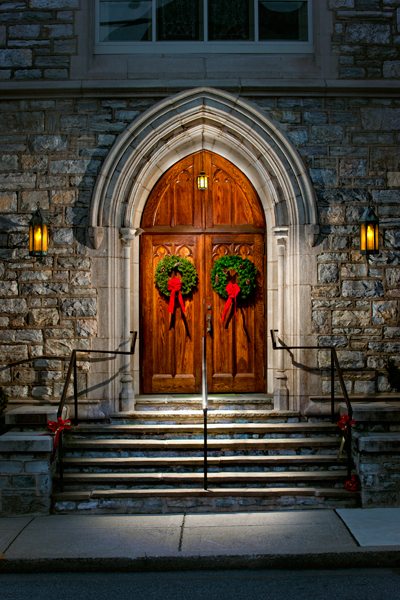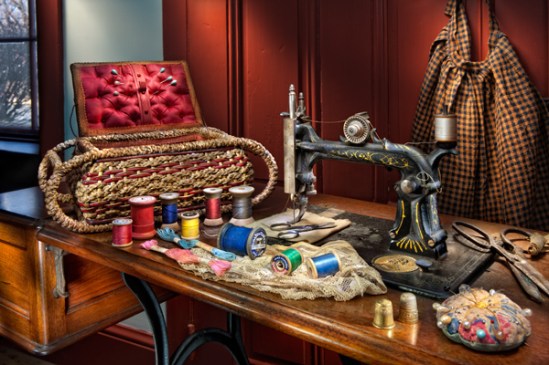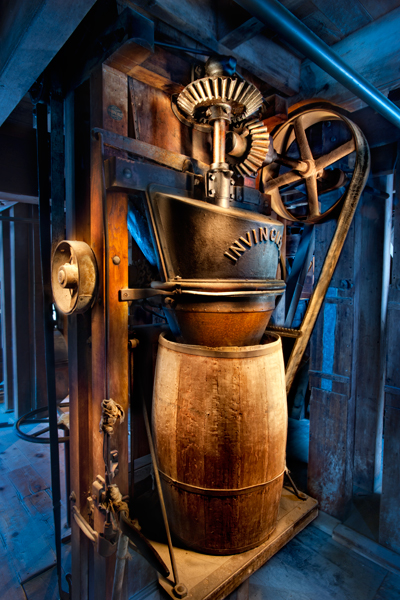This church sanctuary is perhaps the most elaborate undertaking I have ever decided to capture photographically. I first drove past the church on a trip and I was so impressed with the exterior,I decided to inquire if I could possibly see the inside and make an attempt to capture its grandeur? The church secretary coordinated my visit to allow ample time to shoot uninterrupted one afternoon and with the help of my good friend Morrie, I was able to pull it off. When people say it’s a small world,I now believe it because halfway through the shoot,the Rector comes in to say hi and I told him where I was from,and after some more conversation we both realize he was the pastor who had officiated my wedding almost twenty-five years ago.
This has to be the most beautiful church I have ever been in and the details are just amazing. From the arched walls to the wood ceiling to the stained glass and lights,everything reminds you of a time when things were built with great pride and workmanship and I feel blessed to be given the opportunity to capture it. The church is St Luke’s in Lebanon,Pa and for those interested in photography,I lit it using available light along with a tiny monster flashlight from Nitecor that really puts out the light in a small package. The light helped me bring out the roof detail among other areas in deep shadow.I also used my newly purchased wi-fi device called the camranger,which hooks to your camera and sends wireless images to a tablet,so I can now walk around lighting things while seeing the result right on my tablet in my hand and never needing to go look at the shot on the camera or laptop. You can change shutter speed and practically everything else on your camera remotely.
I was wrapping up the photo session and several times during the shoot I mentioned how I wish we could light the candles that were set up for Christmas,and literally a minute before I was ready to tear down the tripod, the organist comes in and nonchalantly says would you like the candles lit? I said absolutely and that extra touch just added to the shot.

































